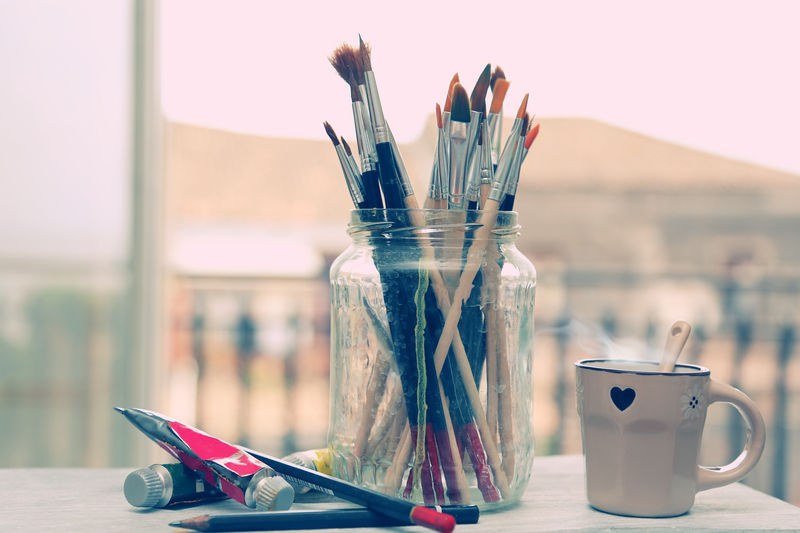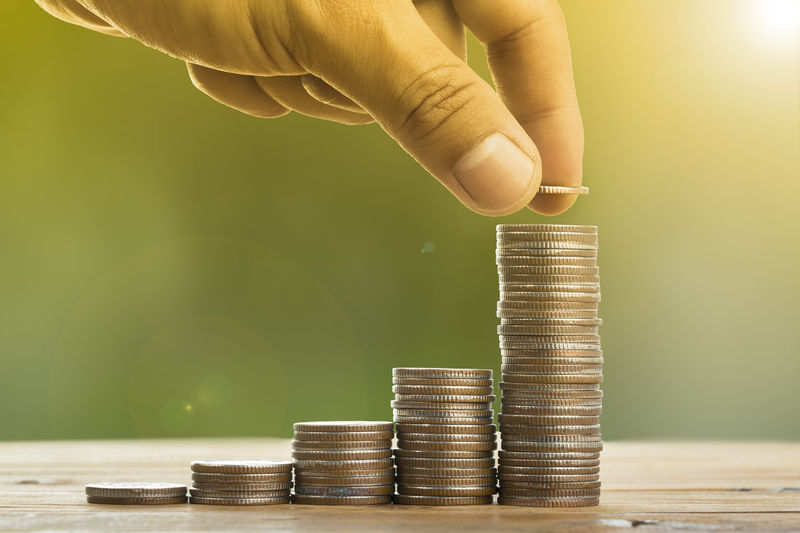Crafty Creations: Upcycling Discarded Materials into Functional Art
In a world striving for sustainability, crafty creations made from discarded materials are shaping the future of creative design. Upcycling discarded materials into functional art is a movement that combines artistic flair, practical skills, and environmental responsibility. Not only does it give a second life to what is considered trash, but it also challenges our perceptions of beauty and utility, transforming the ordinary into extraordinary masterpieces.
What Is Upcycling?
Upcycling is the process of transforming unwanted or waste materials into new products of better quality or greater environmental value. Unlike recycling, which often breaks down materials to produce a lower-grade product, upcycling enhances the value, utility, and aesthetic of the original item. This creative process is at the heart of functional art made from discarded materials.
Difference Between Upcycling and Recycling
- Recycling: Involves breaking down materials (like plastic, glass, metal) to their raw state and remanufacturing them into new items. The end products are often of lesser quality.
- Upcycling: Utilizes existing materials in their current form, reimagining them into items of greater artistic or functional value, while preserving the integrity of the original material.

The Artistic Side of Upcycling
Upcycled functional art bridges the gap between creativity and utility. Artists, designers, and DIY enthusiasts are pushing boundaries by turning trash into treasure. These creations are not only visually striking but serve practical purposes in daily life.
Examples of Functional Art from Discarded Materials
- Pallet Furniture: Old shipping pallets become coffee tables, sofas, or even bed frames.
- Glass Bottle Lighting: Discarded wine bottles are reborn as pendant lamps and chandeliers.
- Tire Planters: Used tires make unique and durable garden planters.
- Metal Sculpture: Scrap metal and tools are welded into striking sculptures and home decor.
- Plastic Bag Weaving: Supermarket plastics are transformed into colorful totes, mats, or baskets.
Why Is Upcycling Important?
The relevance of upcycling discarded materials extends beyond art and design; it has tangible benefits for society and the environment:
- Reduces Waste: Decreases the volume of material going into landfills.
- Conserves Resources: Reduces the need for raw materials and manufacturing energy.
- Promotes Creativity: Encourages innovation and problem-solving skills.
- Saves Money: Offers an inexpensive way to obtain distinctive home decor or practical items.
- Raises Environmental Awareness: Inspires others to rethink the concept of 'waste'.
Getting Started with Crafty Upcycling at Home
Interested in making your own crafty creations? Here's how you can start upcycling discarded materials into functional art right at home:
1. Collect Materials
Begin by keeping an eye out for everyday objects that can be reused. Common materials perfect for upcycling include:
- Cardboard boxes
- Glass jars and bottles
- Plastic containers and bags
- Old clothing and textiles
- Broken furniture or wood scraps
- Metal cans
2. Gather Essential Tools
Some basic tools are useful for most upcycling art projects:
- Scissors or utility knife
- Glue gun and adhesives
- Pliers, screwdriver, hammer
- Paints and brushes
- Sandpaper
- Sewing kit (if working with textiles)
3. Plan Your Functional Art Piece
Consider both form and function. Ask yourself:
- What item does my home or life need?
- Can I give this object a new function?
- How can I accentuate the material's natural properties?
- What design would reflect my personality or artistic vision?
4. Execute Your Idea
Don't be afraid to make mistakes--the magic of upcycled functional art lies in experimentation. Share your creations online and inspire others to start their upcycling journey!
Trending Upcycling Ideas for the Modern Home
To spark your imagination, here are some trending upcycling crafts that merge style with sustainability:
Upcycled Wall Art
- Frame scraps of fabric or magazine clippings into a collage.
- Repurpose old vinyl records into retro-style wall decor.
- Transform discarded wood into rustic wall shelves or panels.
Furniture Makeovers
- Give new life to old chairs with a fresh coat of paint and reupholstered seats.
- Convert a broken ladder into a trendy bookshelf.
- Upcycle unused drawers into under-bed storage or quirky planter boxes.
Eco-Friendly Lighting
- Use glass jars to create candle holders or fairy light lanterns.
- Turn tin cans into pendant lamps painted with metallic or pastel shades.
- Make chandeliers out of old CDs or plastic bottles for a modern touch.
The Role of Crafty Communities in the Upcycling Movement
Around the globe, local and online communities are pivotal in championing the upcycling movement. Workshops, social media groups, and flea markets foster the exchange of ideas, techniques, and inspiration.
Benefits of Joining Upcycling Communities
- Skill Sharing: Learn new techniques, from basic woodworking to advanced crafting methods.
- Collaborative Projects: Team up with like-minded artists to execute larger or more ambitious functional art installations.
- Resource Sharing: Swap surplus materials or tools, reducing costs and environmental impact.
- Motivation and Inspiration: Stay motivated by celebrating successes, sharing ideas, and overcoming creative blocks together.
Inspiring Functional Art Upcycling Projects from Around the World
Functional art upcycling isn't just a hobby--it's a global movement. Here are some inspiring examples:
- Eco-Friendly Playgrounds: In South America, schools and communities build playgrounds from old tires, bottles, and wood, offering children safe and imaginative play spaces.
- Art Installations: Renowned artists like El Anatsui transform bottle caps and scrap metal into vast, flowing tapestries that adorn museums worldwide.
- Furniture Startups: Companies like Pentatonic create modular furniture from post-consumer waste, showing that upcycled art can be scalable and marketable.
- Public Space Revitalization: Community-led efforts in European cities utilize reclaimed materials to furnish parks, squares, and urban gardens.
Tips for Successful Crafty Upcycling Creations
- Start Small: Begin with simple projects to build confidence and skills.
- Safety First: Use appropriate safety gear, especially when handling power tools, glass, or sharp objects.
- Mix Materials: Combine wood, metal, and textiles for eclectic and visually intriguing designs.
- Personalize: Add unique touches, such as engraving, painting, or stenciling, to make your creations one-of-a-kind.
- Embrace Imperfections: The charm of upcycling art often lies in visible marks, wear, and character of repurposed materials.
Upcycling for Profit: Turning Crafty Creations into a Business
Many artists and entrepreneurs launch thriving businesses around their upcycled functional art creations. Platforms like Etsy, Instagram, and Pinterest are perfect for showcasing and selling one-of-a-kind items. Some tips for commercial success:
- Identify Niche Markets: Focus on eco-conscious consumers who value sustainability and unique design.
- Tell Your Story: Share the journey of your materials and the inspiration behind your creations to connect with customers.
- Quality Control: Ensure your products are safe, durable, and functional, as well as beautiful.
- Branding: Develop a memorable brand that reflects the eco-friendly ethos of your work.
- Continuous Innovation: Stay updated on trends, materials, and techniques to keep your product line fresh.
Educational Impact: Teaching Kids and Youth About Upcycling
Upcycling isn't just for adults--it's an invaluable educational tool for kids and youth. Crafty projects using discarded materials teach:
- Resourcefulness
- Problem-solving skills
- Environmental stewardship
- Teamwork through group projects
- Science and engineering basics
Schools, camps, and afterschool programs can organize workshops on creating art from recycled and upcycled materials, turning learning into hands-on fun.

Eco-Friendly Materials: What to Look For
Not all waste materials are created equal. When selecting materials for your next upcycling functional art project, consider the following:
- Durability: Choose items that can withstand wear and tear, especially for functional pieces.
- Toxicity: Avoid materials that may contain harmful chemicals.
- Cleanability: Sanitize and clean items properly before use, particularly for kitchenware or children's toys.
- Aesthetic possibilities: Some materials take paint or decoration better than others.
- Local availability: Use readily available materials to reduce environmental footprint.
Conclusion: Join the Functional Art Upcycling Revolution
Crafty creations from upcycling discarded materials are more than a trend--they are a testament to human ingenuity and a pathway toward a sustainable future. Whether you're an artist, homemaker, teacher, or entrepreneur, upcycling offers countless opportunities to express creativity, solve problems, and reduce waste.
Start today by looking at everyday objects in a new light. Your next work of functional art could be hiding in your recycling bin or at your local thrift store. Join the movement, share your upcycled masterpieces, and inspire others to turn the ordinary into the extraordinary. Let's craft a greener, more beautiful world--one creative project at a time.
Related Searches: upcycling functional art ideas, discarded material art, creative upcycling projects, crafting with recycled items, sustainable art from waste